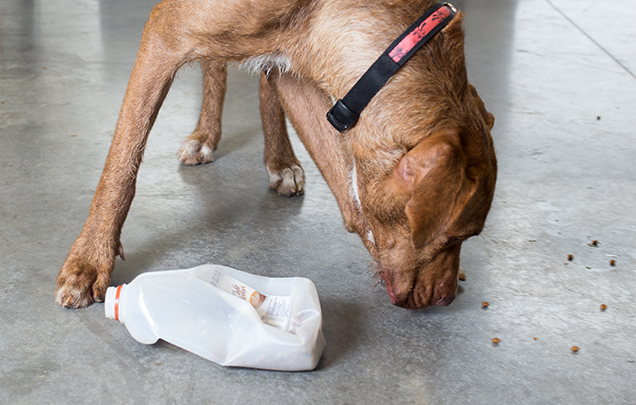Read the full article in Issue 10 of The Biscuit Magazine, now available to purchase across Australia!
- Shop Online
- News & Events
- Blog
- Contact
- Seen an animal in distress? Call 1300 ANIMAL(264 625)
-


Tip: If you’re planning on adopting a pet, ensure you gradually prepare them for being alone. Always provide enrichment to keep them entertained in your absence. Simply spending two weeks of leave with your new dog 24/7 and heading back to work for an eight hour day is enough to cause severe separation issues.
It is vitally important to have a consultation with your veterinarian about your pet’s behaviour to seek advice and treatment options if separation anxiety or distress is present.
The following suggestions may help in your situation, but pet owners should consult with their veterinarian for advice first.
Desensitisation is the best way to decrease the sensitivity your pet has to a specific thing, such as your departure.
Desensitisation involves a very gradual process of exposing your pet to a much less intense version of the thing or event they fear in such a way that the fear isn’t triggered. In this case, it would look like this:
Read the full article in Issue 10 of The Biscuit Magazine, plus many more pet care articles!
Above: RSPCA Adopted dog Cassie, getting out and about with her owners.
With a Bachelor of Communications under her belt and a love for animals, writing with from the RSPCA is a dream come true for Lauren. With a particular passion for animal welfare and mental health, it's her goal to help spread awareness for both current and potential pet owners.